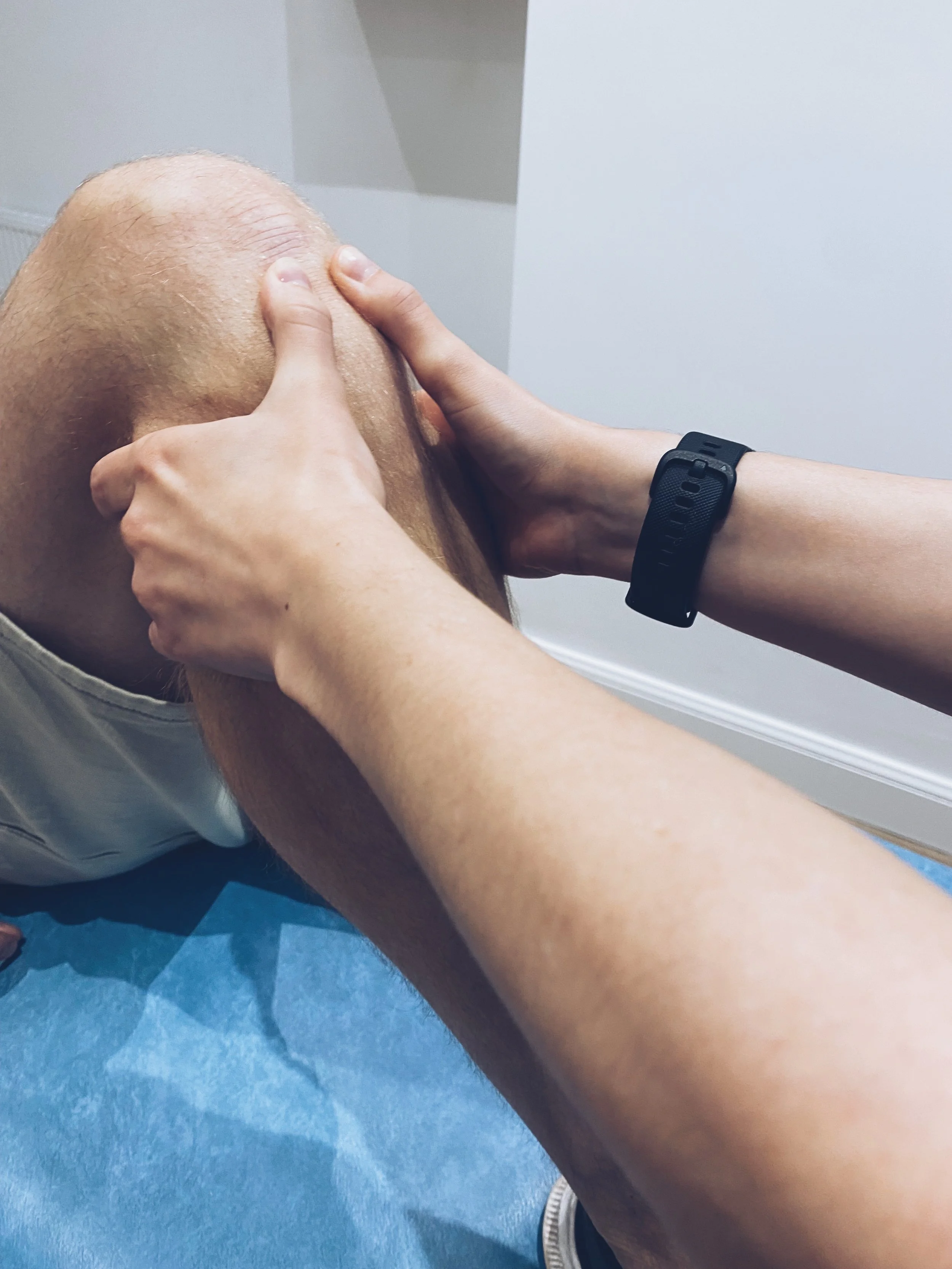Physio For Knee Pain & Injury
At The Physiotherapy Place we see lots of knee injuries including ligament tears, runners knee, jumpers knee, meniscus tears, and knee arthritis.
We have compiled all of the resources that you need to learn about knee pain and injury in one place. You can find out about some of these more common diagnoses for knee pain, why it might have occurred and there are exercises and tips that you can do to start treating it immediately.
Ligament Tear
What is a knee ligament injury, how the ligaments heal, and what you can do to ensure you make a full and speedy recovery.
Runners Knee
What is runners knee? How it happens, what can be done to treat it, and tips that you can use immediately to help it settle down.
Knee Arthritis
How does arthritis affect the knee? Find out how it can be treated and what you can do to reduce pain and improve function in the knee.
Meniscus Tear
Meniscus - what are they, what do they do, how do they become damaged, and what is the best way to treat them.
Jumpers Knee (Patellar Tendonitis)
What is jumpers knee? How it happens, what is the best way to treat it, and what you can do immediately to help it heal.
Knee Pain Physio Ebook
FREE Physio E-Book - 8 Top Tips for Knee Pain
Injuries to the knee are common and varied. It is an area that is often damaged in sports, as well as being prone to chronic pain and stiffness due to the stress placed upon it. Some who seek help from their GP will be prescribed rest and painkillers, but most of the time this alone will not solve the problem.
Here, you'll find our top 8 tips on reducing knee pain and keeping the structures in your knee strong and healthy.
















How the correct physiotherapy treatment can fix runner’s knee